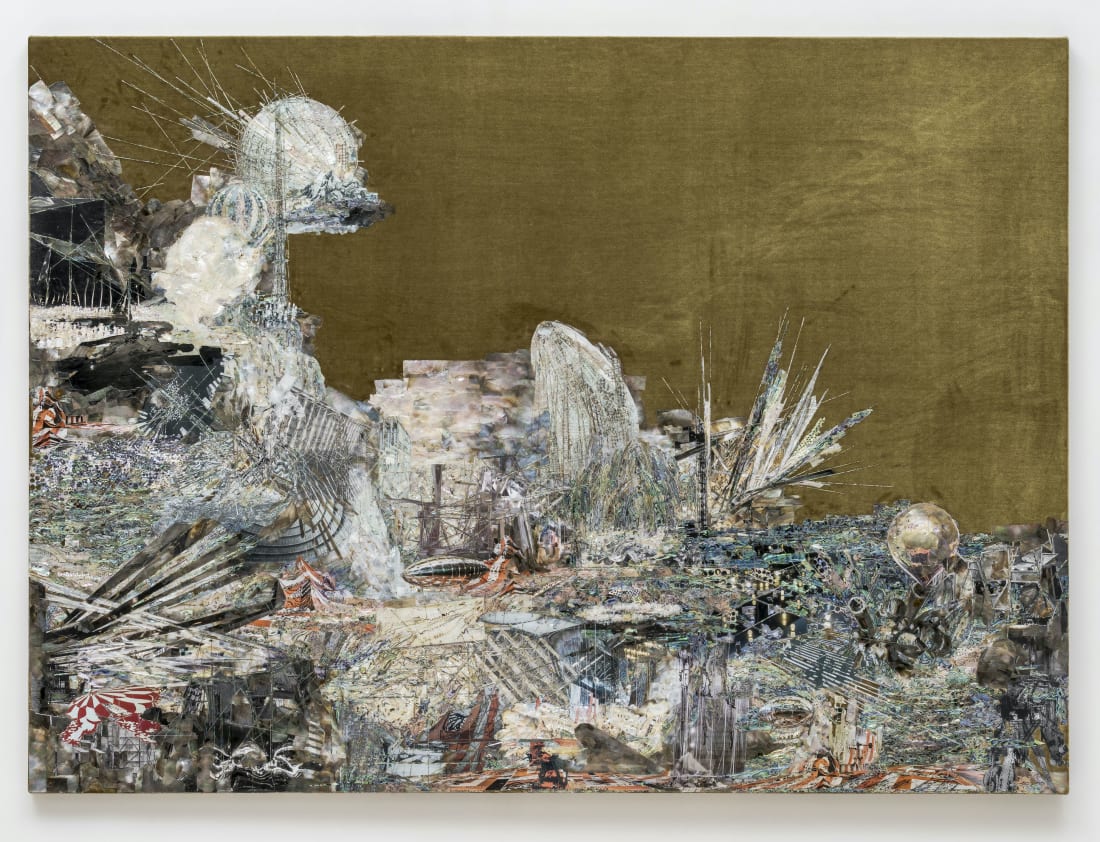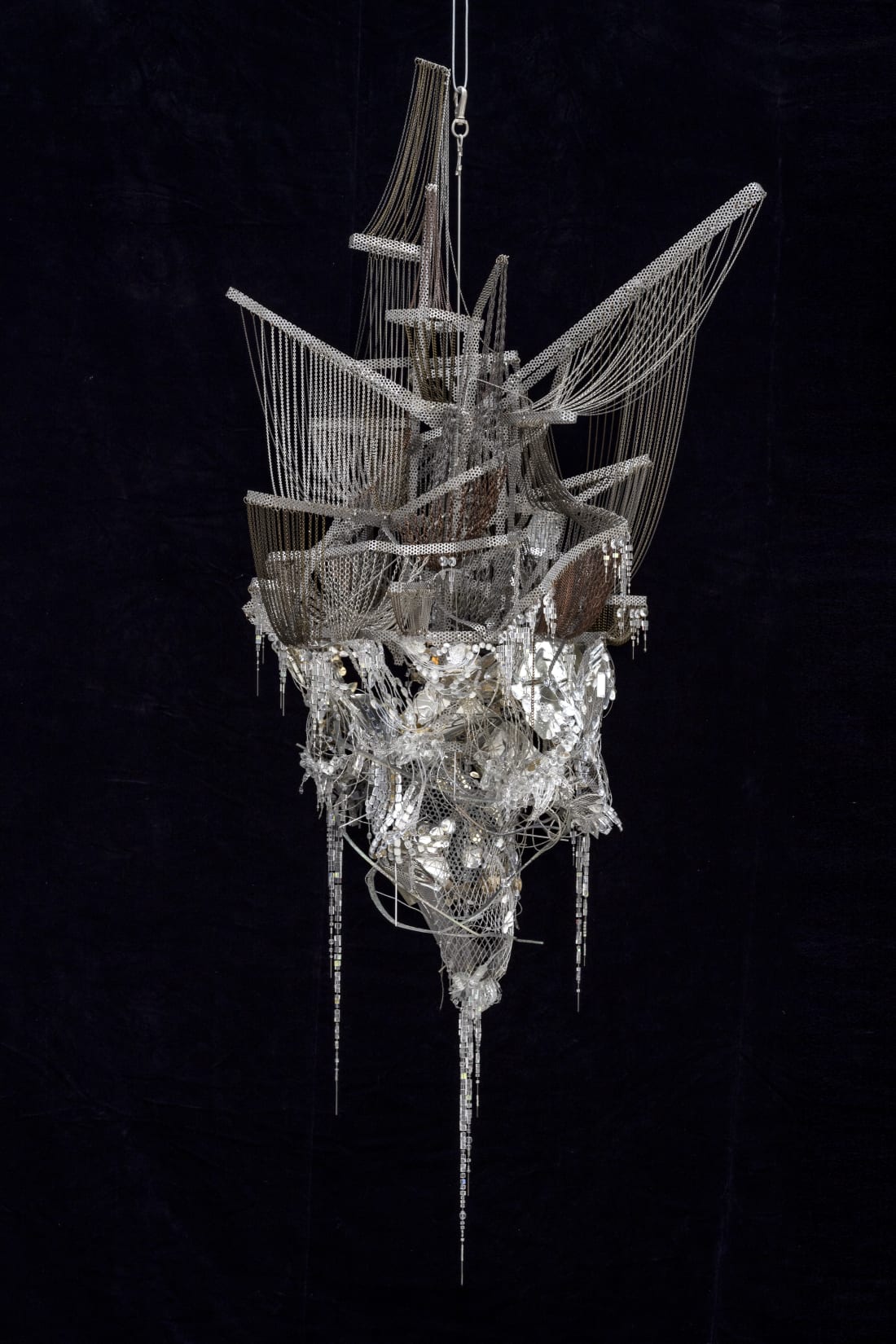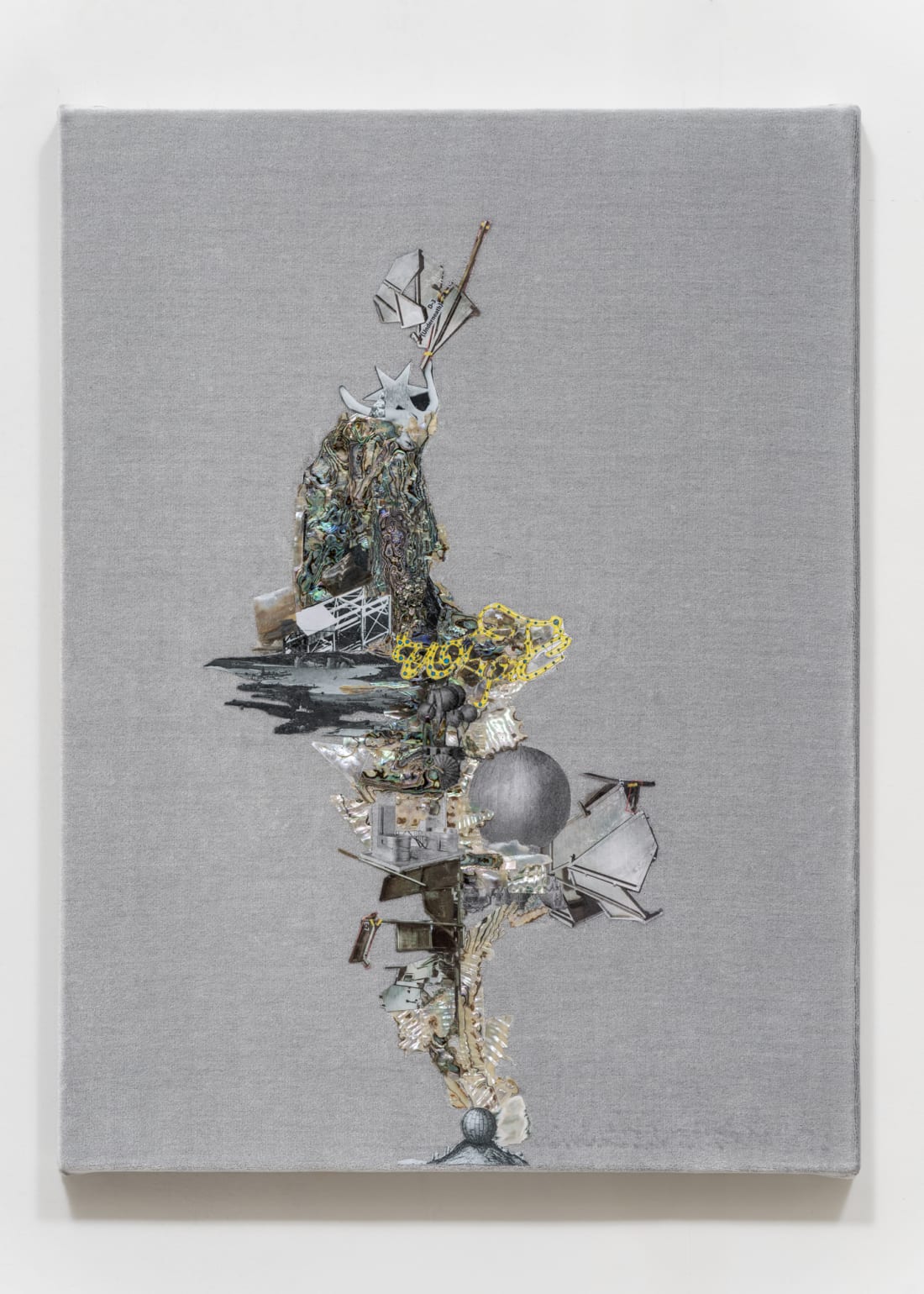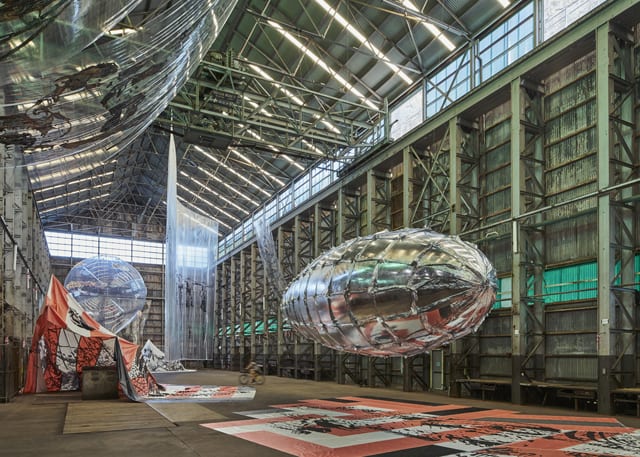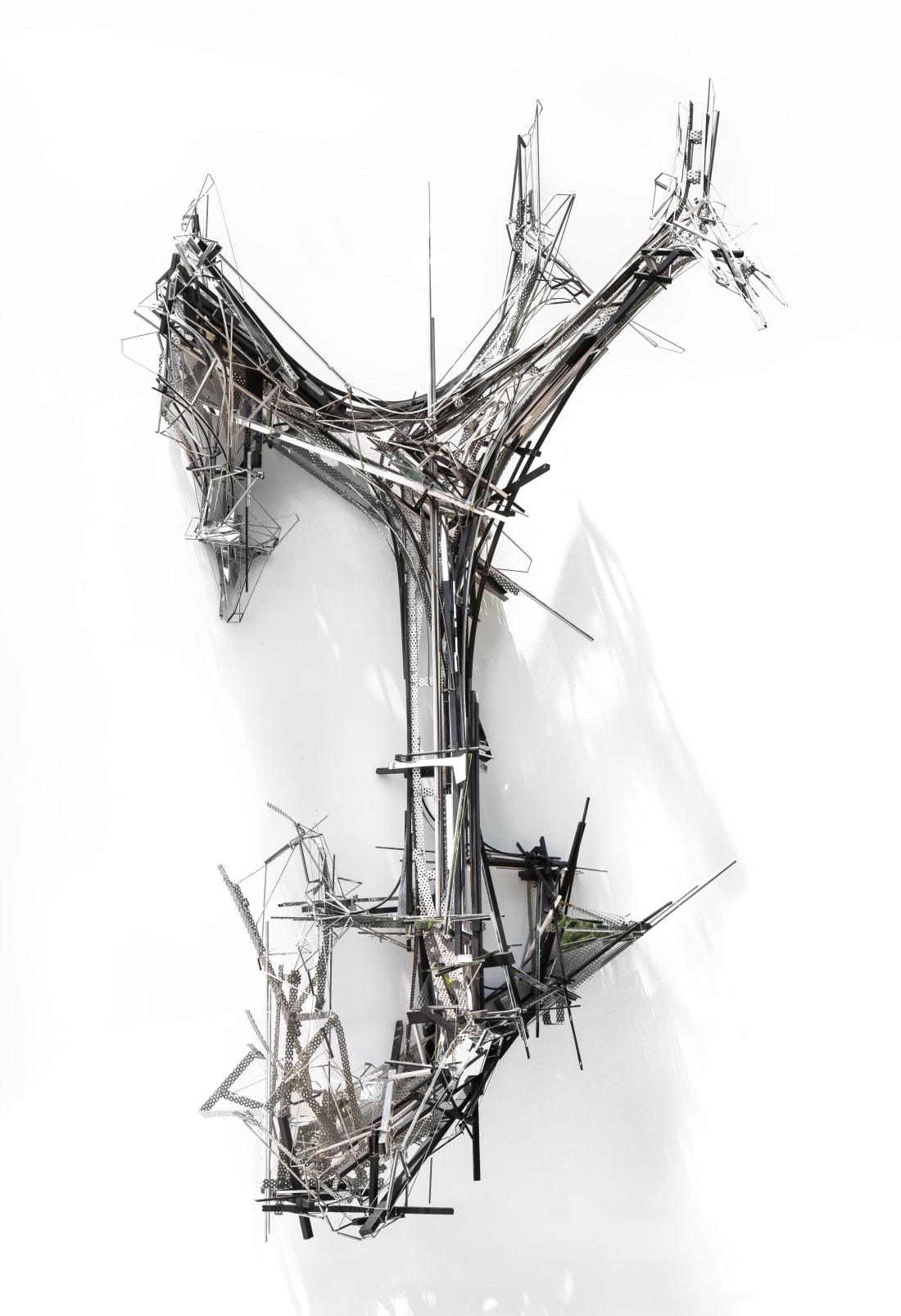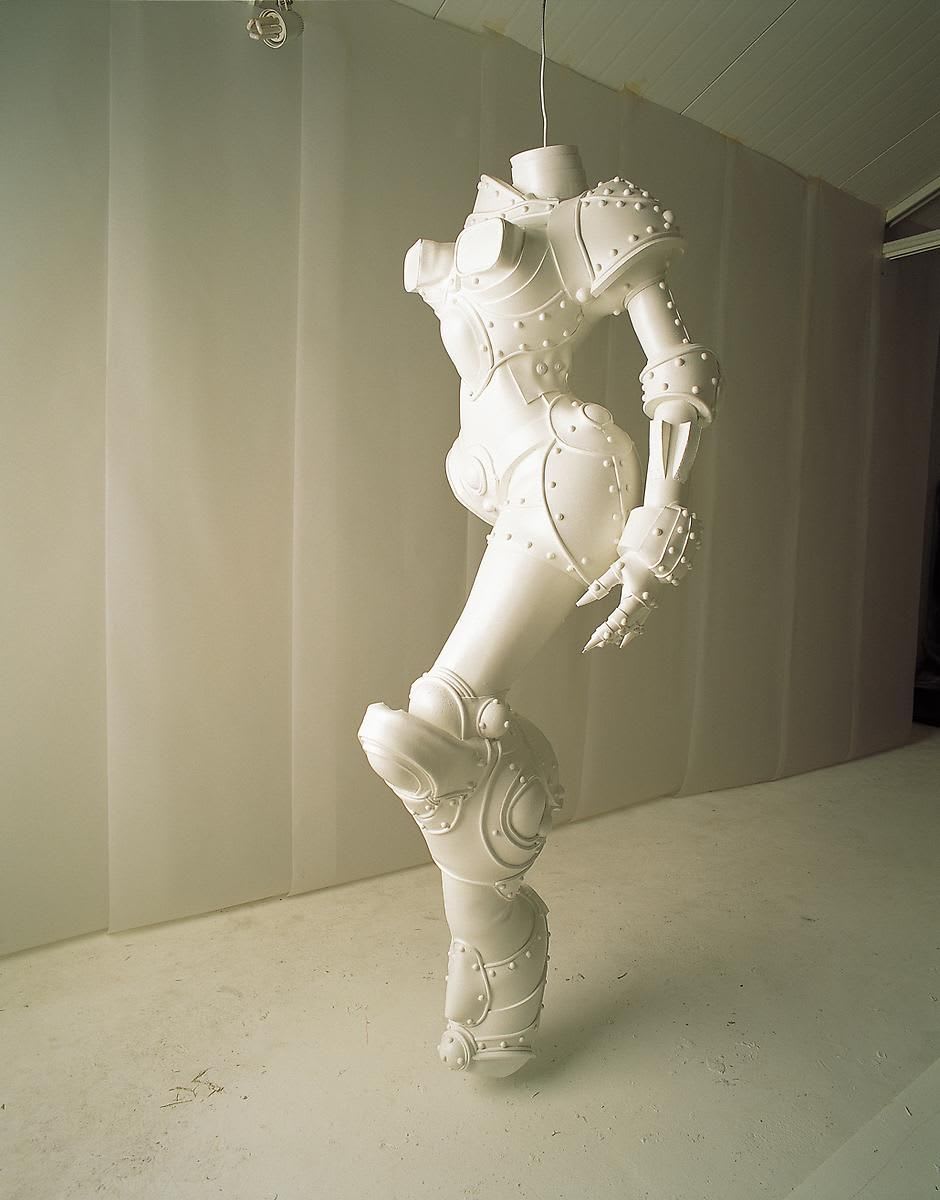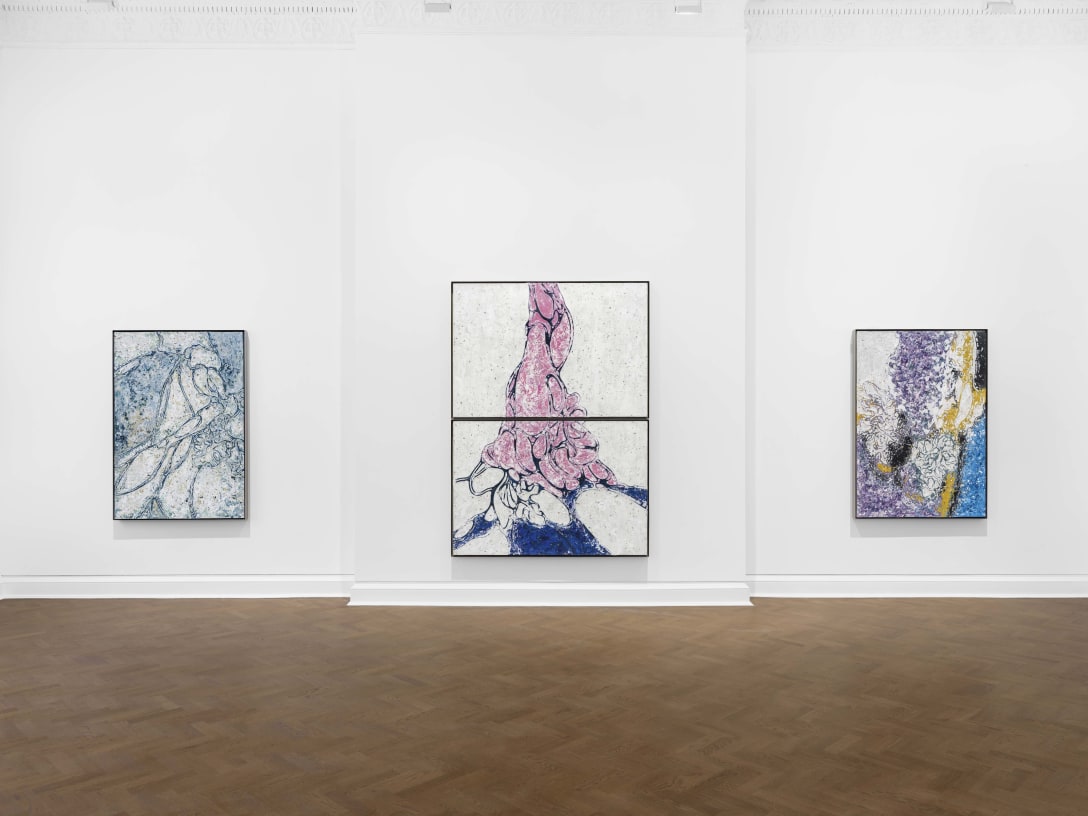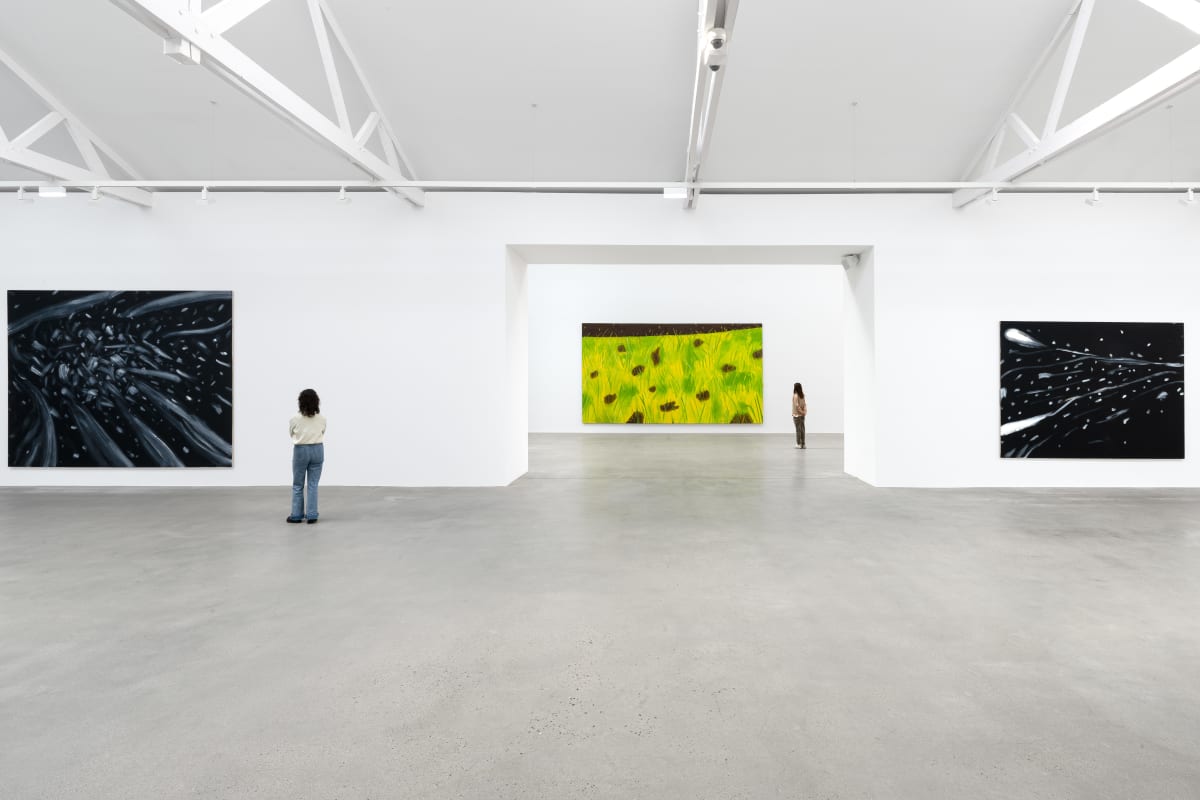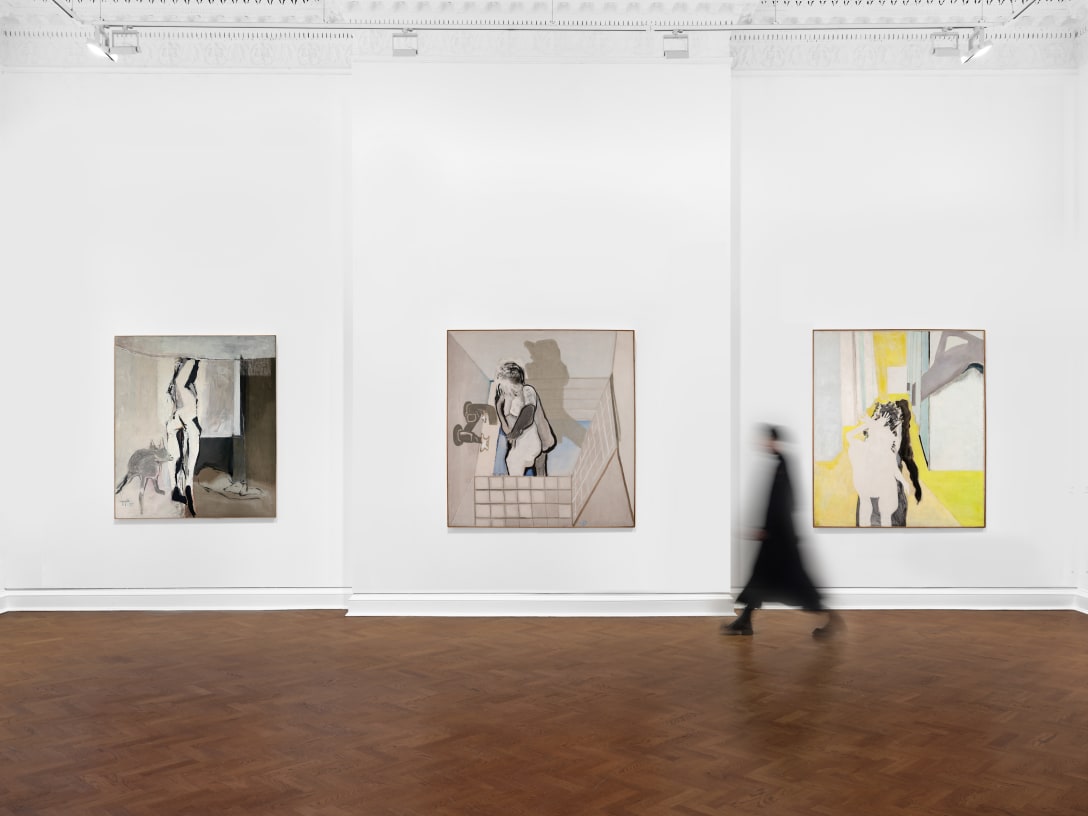
Lee Bul
Overview
'I choose what I work with very carefully. Everything has connotations, stories and I utilise them. I borrow the general meanings materials have and embrace them in my work. Many times, things have clashing, conflicting connotations or layers of meanings.'
With a sensibility that is closely aligned with science fiction, Lee Bul's work investigates the ways that modern art, architecture and technology have shaped both our real and imagined worlds. The artist draws inspiration from diverse sources – including film, literature and modern architecture, as well as European and South Korean history – to create hybrid forms that convey a fantastical and often disconcerting dystopian vision. Made from deliberately contradictory materials that range from organic silk and mother of pearl to manufactured fibreglass and silicone, her work explores the utopian potentials but also the darker undercurrents of an increasingly technological culture.
Born in 1964 to dissident parents under the military dictatorship of Park Chung-Hee in South Korea, Lee Bul began her career with public performances that positioned her own body as both subject and object of the work. These performances channelled the personal and emotional impact of political persecution and restrictive gender roles into visual form. Composed of sexualised and anatomically amorphous robotic figures, her Cyborg series (1997–2011) encapsulates the desires and anxieties surrounding genetic engineering, cloning and cosmetic surgery. At the core of her more recent immersive installations is an investigation of landscape, which for the artist includes the intimate topography of the body, idealised or fictional settings and the physical world that surrounds us.
With a sensibility that is closely aligned with science fiction, Lee Bul's work investigates the ways that modern art, architecture and technology have shaped both our real and imagined worlds. The artist draws inspiration from diverse sources – including film, literature and modern architecture, as well as European and South Korean history – to create hybrid forms that convey a fantastical and often disconcerting dystopian vision. Made from deliberately contradictory materials that range from organic silk and mother of pearl to manufactured fibreglass and silicone, her work explores the utopian potentials but also the darker undercurrents of an increasingly technological culture.
Born in 1964 to dissident parents under the military dictatorship of Park Chung-Hee in South Korea, Lee Bul began her career with public performances that positioned her own body as both subject and object of the work. These performances channelled the personal and emotional impact of political persecution and restrictive gender roles into visual form. Composed of sexualised and anatomically amorphous robotic figures, her Cyborg series (1997–2011) encapsulates the desires and anxieties surrounding genetic engineering, cloning and cosmetic surgery. At the core of her more recent immersive installations is an investigation of landscape, which for the artist includes the intimate topography of the body, idealised or fictional settings and the physical world that surrounds us.
Lee Bul lives and works in Seoul, South Korea. Her 1997 installation Majestic Splendor at The Museum of Modern Art, New York used rotting fish encrusted in sequins as a commentary on the ephemeral nature of beauty and the powerlessness of women, causing a furore and establishing her international reputation as an emerging artist. In 1999, she was selected by curator Harald Szeemann to participate in the International Pavilion at the 48th Venice Biennale, where her work was also shown in the Korean Pavilion. She has had solo exhibitions at the New Museum, New York (2002); Le Consortium Contemporary Art Center, Dijon (2002); Museum of Contemporary Art, Sydney (2004); Fondation Cartier pour l'Art Contemporain, Paris (2007); Mori Art Museum, Tokyo (2012); Musée d'Art Moderne Grand Duc Jean, Luxembourg (2013); National Museum of Modern and Contemporary Art, Seoul (2014); and Ikon Gallery, Birmingham (2014). She has also been the subject of multiple exhibitions at Art Sonje, Seoul in 1998, 2012 and 2016. Curated by Stephanie Rosenthal, the retrospective Lee Bul: Crashing opened at the Hayward Gallery, London and travelled to the Gropius Bau, Berlin in 2018–19, followed by Utopia Saved at the Manege Central Exhibition Hall, St. Petersburg in 2020, and Beginning at Seoul Museum of Art in 2021. In 2023, solo exhibitions were held at Sara Hildén Art Museum, Tampere, and Gothenburg Museum of Art, and in 2024, the artist was selected for The Metropolitan Museum of Art, New York's Genesis Facade Commission, creating four new sculptures for the museum's facade. Lee Bul received the Ho-Am Prize for The Arts in 2019, awarded to people of Korean heritage who have contributed to the enrichment of culture and arts for humankind.
Videos







